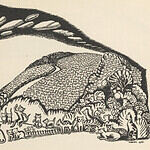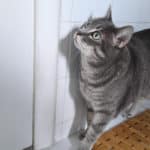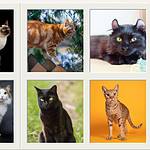Tabbies, or tabby cats, are domestic cats that carry a distinctive coat pattern. Tabbies can be found in many types of cat breeds from Maine Coons to Persians.
The tabby coat pattern in a cat can be found on the agouti gene. Agouti is a fur color in which each hair has two or more pigmented bands running through it. The Agouti gene is an important determinant in coat color selection.
Camoflauge pattern on tabby cats
The tabby pattern likely originated from the African wildcat, which has a similar coat pattern.
The tabby pattern evolved for camouflage reasons. The stripped tabby pattern helps to hide the cat when it’s lying in wait for prey.
Are tabby cats common?
Tabby cats are very common. The tabby pattern is found in many breeds of domestic cats, as well as in mixed-breed cats.
Tabby Cat Markings
Almost all tabby cats have the following markings that distinguish their coat pattern:
- “M” shaped darker markings on the brow. (Visible in ticking tabby cats, but difficult to tell apart in shaded silver/golden and tipped cats.)
- Face with thin pencil strokes. (Visible in ticking tabby cats, but difficult to tell apart in shaded silver/golden and tipped cats.)
- The appearance of black “eyeliner” and white or light fur around the eyes.
- Lips and paws are pigmented.
- A pigmented nose with a darker outline.
- Banding on the torso, legs, and tail. (In the ticked tabby, the torso banding vanishes.)
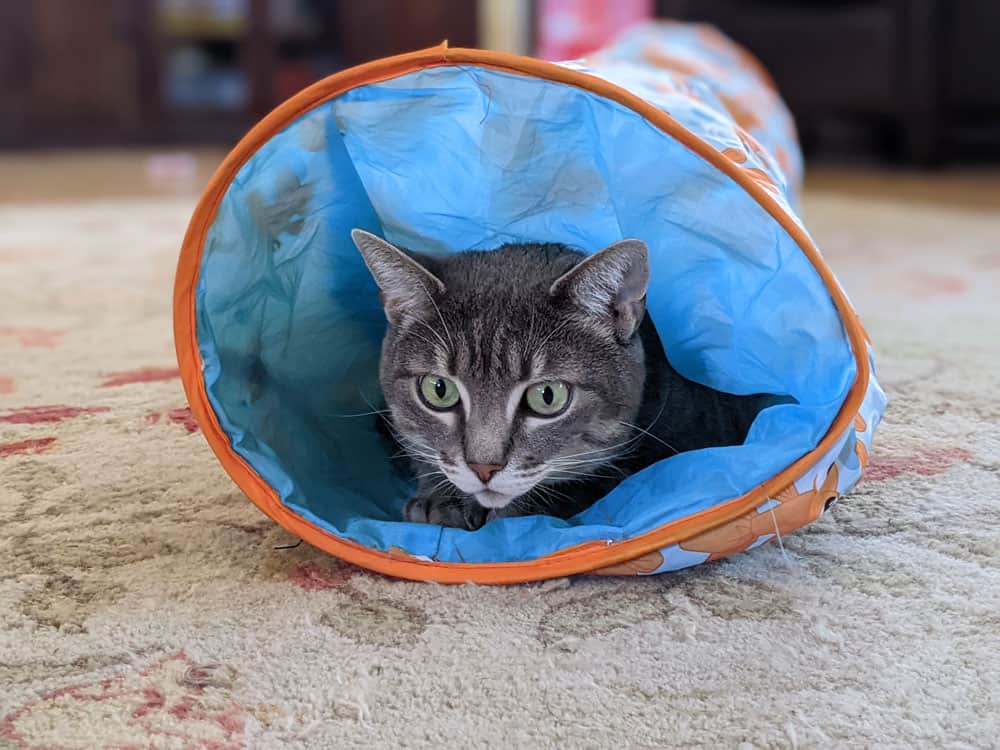
Tabby Cat Coat Patterns
All tabbies have striped faces and markings on their bodies that fit into one of four tabby patterns: mackerel, classic, spotted, or ticked.
Mackerel Tabby
The most common and original tabby coat pattern is called the mackerel pattern. This pattern takes its name from the fish skeleton-like pattern across the body of the cat. Cats that are referred to as “tiger cats” have this pattern.
Mackerel tabby cats have a narrow, continuous, and parallel stripes that run vertically down the sides of its body. These stripes often originate from a single dark stripe that runs along the cat’s spine and branch out down the sides.
The facial markings of a mackerel tabby typically include dark lines that run from the eyes and around the face, sometimes extending down to form a necklace-like pattern.
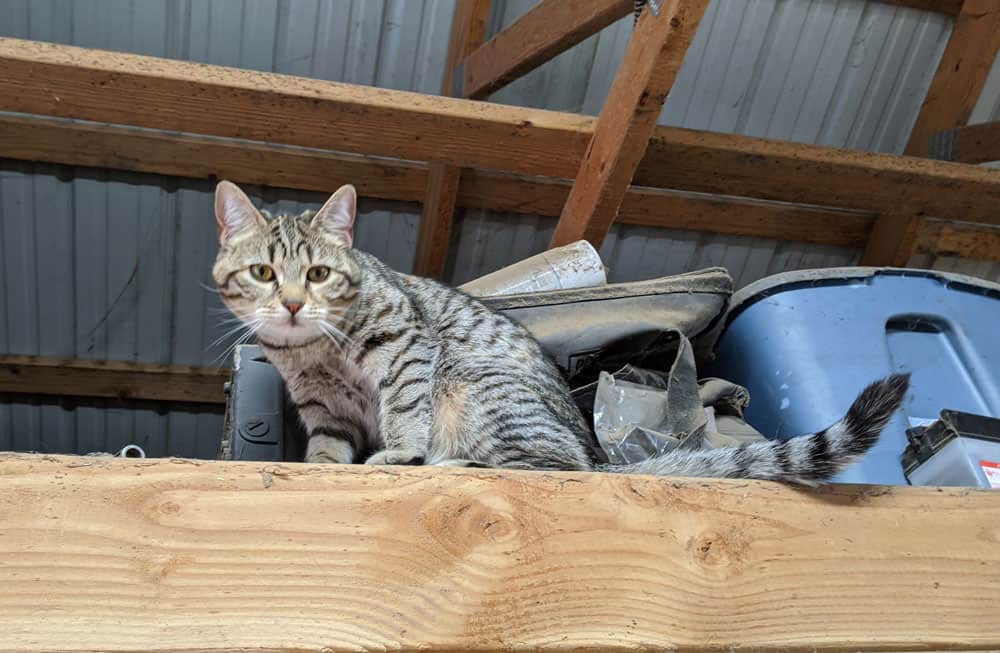
Classic Tabby
The markings of the Classic Tabby are strong and swirling. In some areas, this cat is known as a “blotched tabby.” The darker pattern on a classic tabby cat is marbled.
Usually, three large, thick stripes run from the shoulder blades to the base of the tail, creating a robust and distinct pattern along the cat’s back.
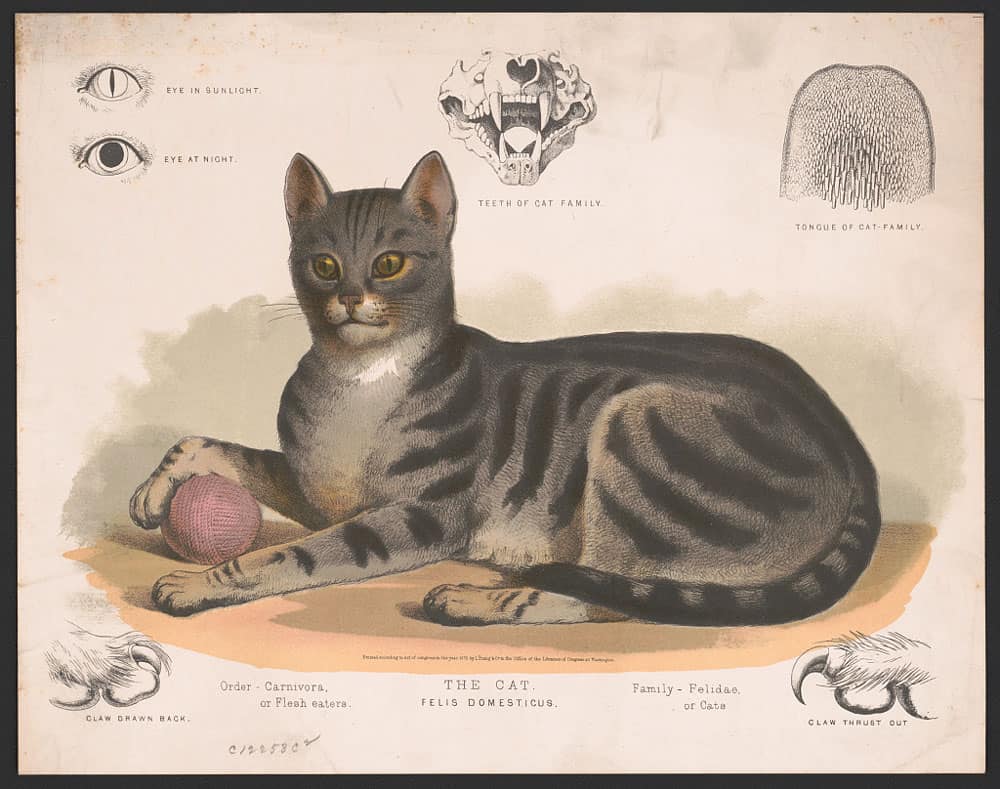
Spotted Tabby
The spotted tabby cat has both large and small spots, which often resemble broken stripes. These spots can vary in size, shape, and arrangement. They can be round, oval, or even resemble rosettes, like those on a leopard or ocelot.
Unlike the mackerel or classic tabby patterns, which are defined by stripes, the spotted tabby has spots that are unconnected. These spots replace the stripes that you’d find in the other tabby patterns.
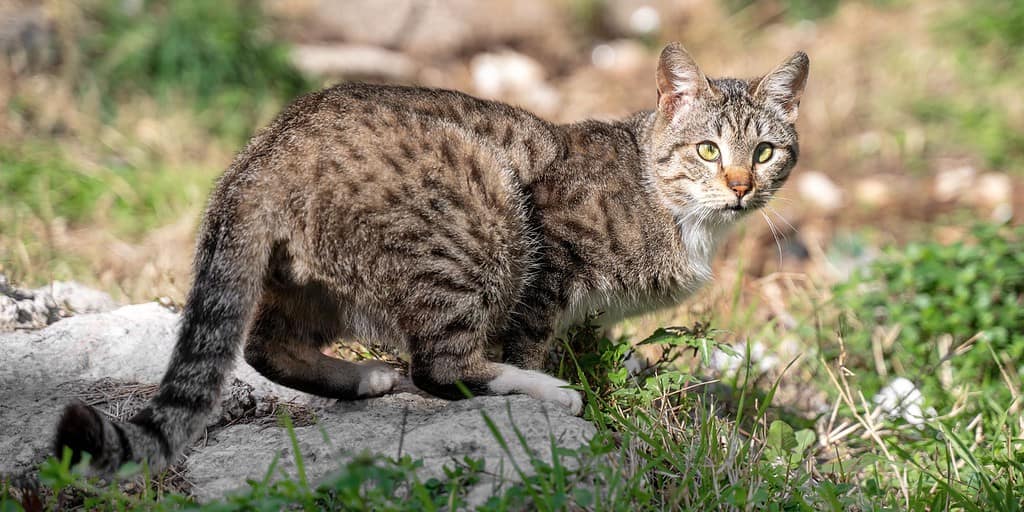
Ticked Tabby
A ticked tabby cat, also known as an “agouti” or “ticked” pattern is distinct from the other tabby patterns, as it lacks the traditional stripes, swirls, or spots found on most tabby cats.
The ticked pattern’s defining feature is individual hairs that are banded with alternating light and dark colors. These bands create a flecked or salt-and-pepper appearance, leading to an overall blended or “ticked” effect.
The ticked pattern is primarily found on the body with the “M” marking on the face that all tabbies have. Ticked tabbies might have faint stripes or spots on their legs and tails. These markings can vary, but they are often more subdued than those found in other tabby patterns.
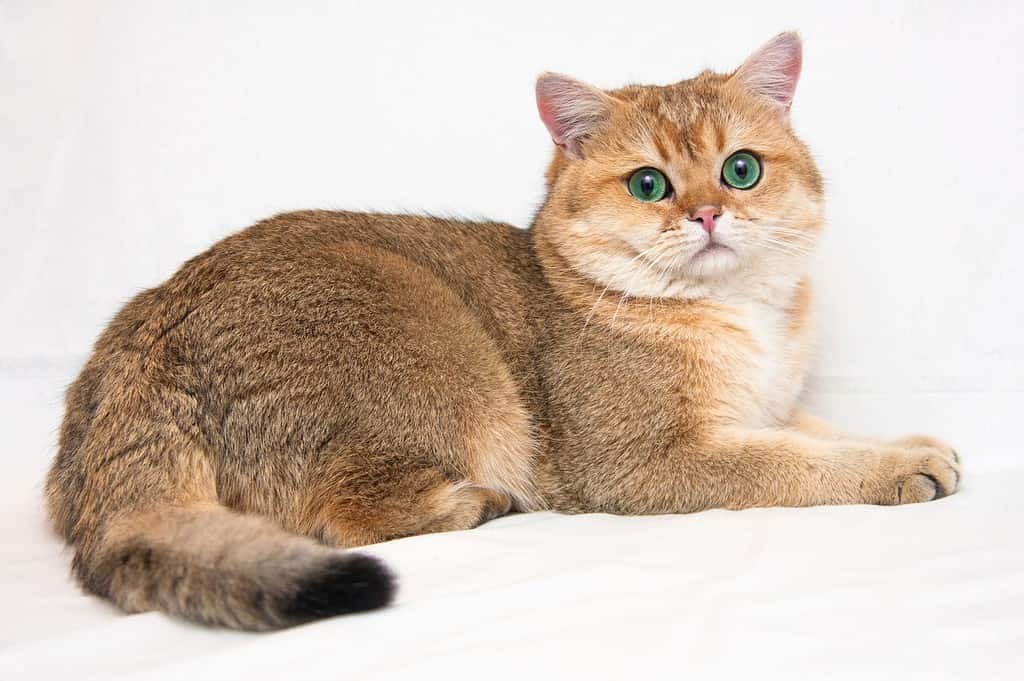
The ticked pattern is famously associated with the Abyssinian breed, where it is often considered a breed standard.
Tabby Coat Colors
Tabbies can come in a range of colors. Most tabbies have one dominant coat color.
Here are some of the most common tabby coat colors:
- Brown Tabby: One of the most common tabby colors, brown tabbies have a warm brown or copper-toned base coat with dark brown or black markings.
- Gray or Blue Tabby: These tabbies have a gray or blueish base coat with darker gray or even black markings.
- Orange or Ginger Tabby: Often referred to as “marmalade” or “red” tabbies, these cats have an orange or ginger base coat with darker orange stripes. More: Things to Know About Orange Tabbies
- Cream Tabby: A softer variation, cream tabbies have a pale cream or beige base coat with deeper cream or light brown markings.
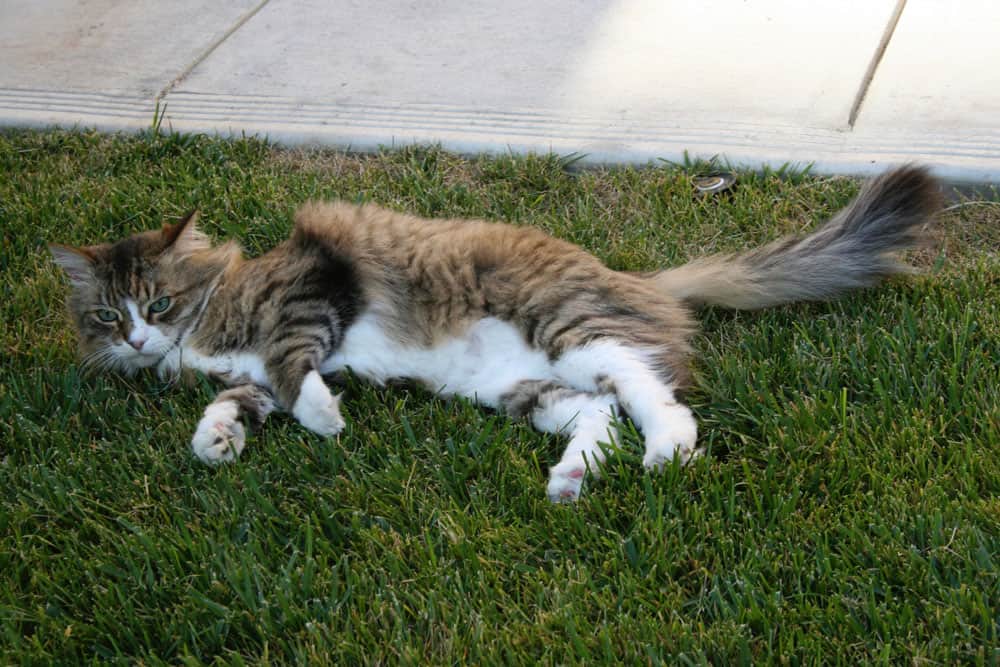
- Silver Tabby: Silver tabbies have a pale silver or grayish-white base coat with dark gray or black markings, creating a striking contrast.
- Tortoiseshell Tabby (Torbie): This pattern combines the tortoiseshell pattern with tabby markings, often resulting in a mix of black, orange, and cream with tabby stripes or spots. More: Torbie Cats Explained
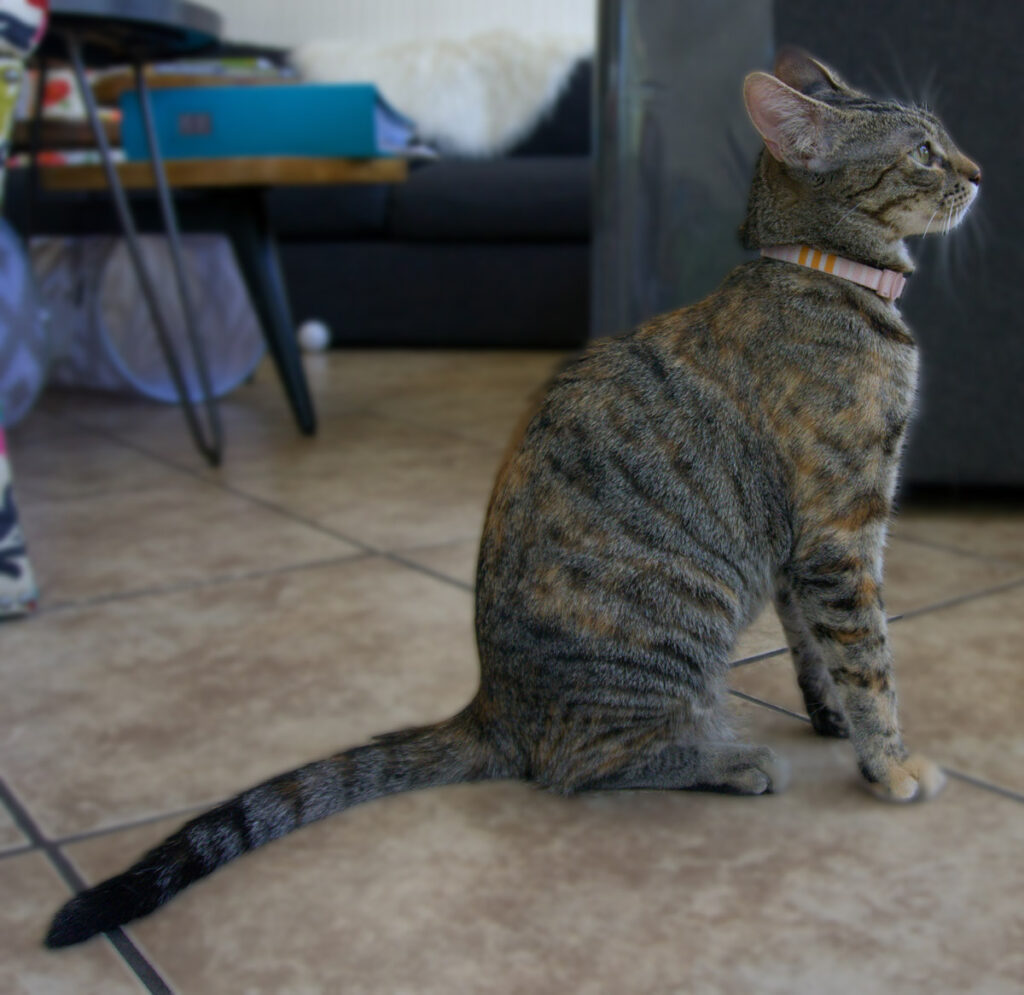
- Lynx Point Tabby: Sometimes found in Siamese or Siamese-related breeds, lynx point tabbies have a cream or fawn base coat with darker point coloration that showcases the tabby pattern.
- Caramel or Chocolate Tabby: These tabbies may have a caramel or chocolate-brown base coat with slightly darker markings in the same color range.
- Bi-color or Tri-color Tabbies: These cats combine a solid color (often white) with tabby-patterned areas, resulting in bi-color (two colors) or tri-color (three colors) coats.
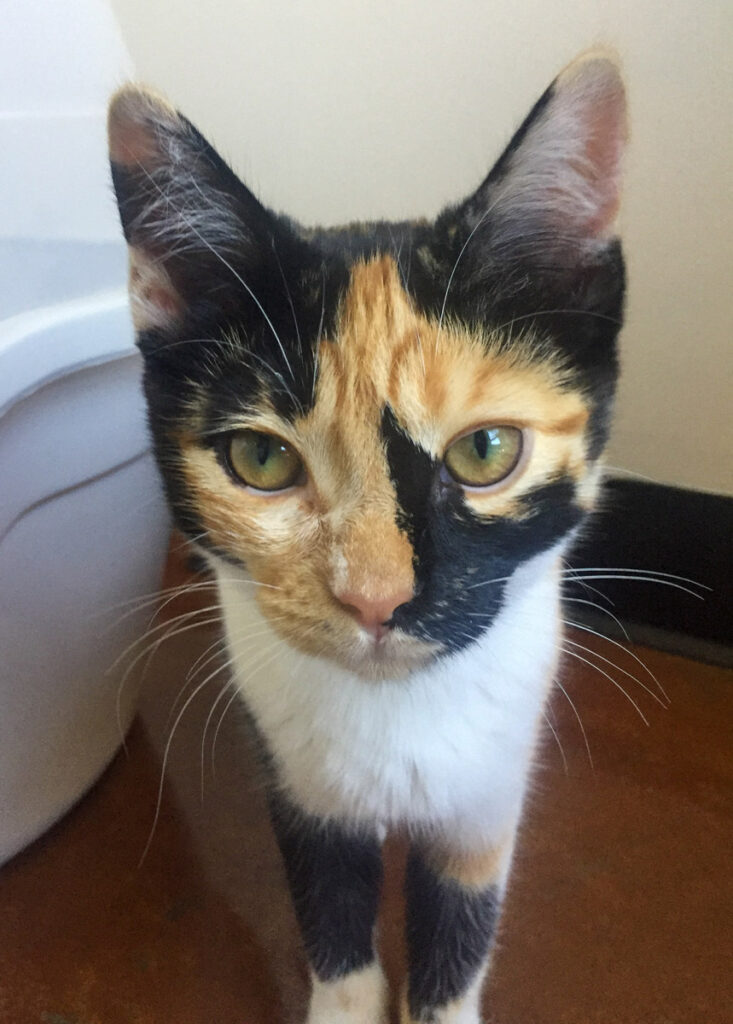
More: Tabby Cat Coat Colors
Fun facts about tabby cats
You can find the tabby pattern in many mixed-breed cats, making it one of the most common and recognizable patterns in domestic cats worldwide.
Tabbies can even seem to be one solid color like black or white but the tabby markings will be visible especially when the cat is sitting in sunlight.
April 30th is National Tabby Day.
The Cheshire Cat from “Alice’s Adventures in Wonderland” was a fictional tabby cat. Morris the Cat, known as the original advertising mascot for 9Lives brand cat food, was a famous orange tabby cat with a distinctively laid-back and finicky personality.
All orange cats are tabbies (learn more: Things to Know About Orange Tabbies). A red classic tabby has red stripes with red roots while a red silver classic tabby has red stripes with white roots.
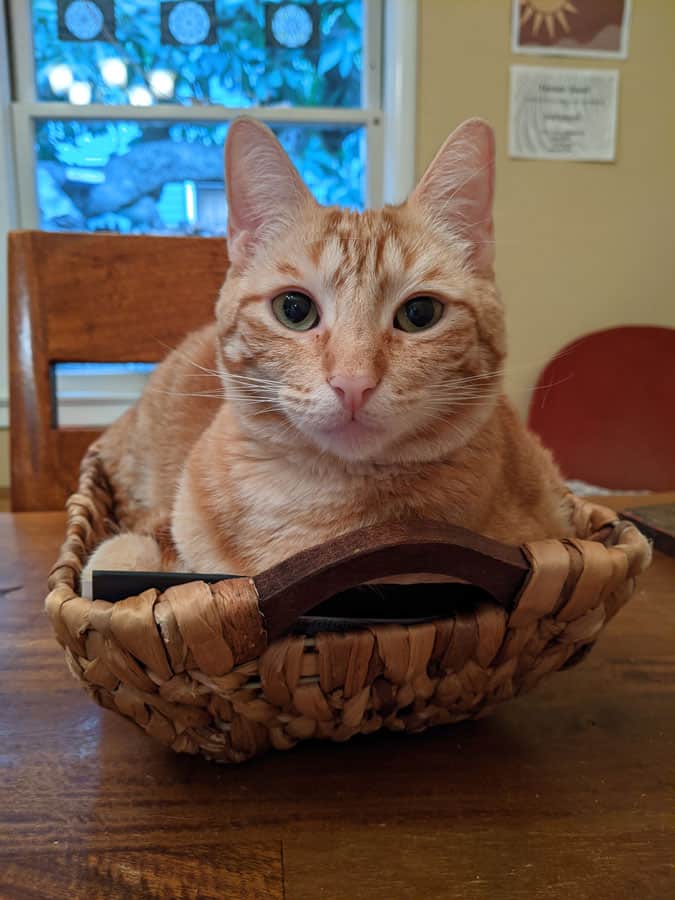
This article was originally written on July 19, 2021 and has since been updated.



